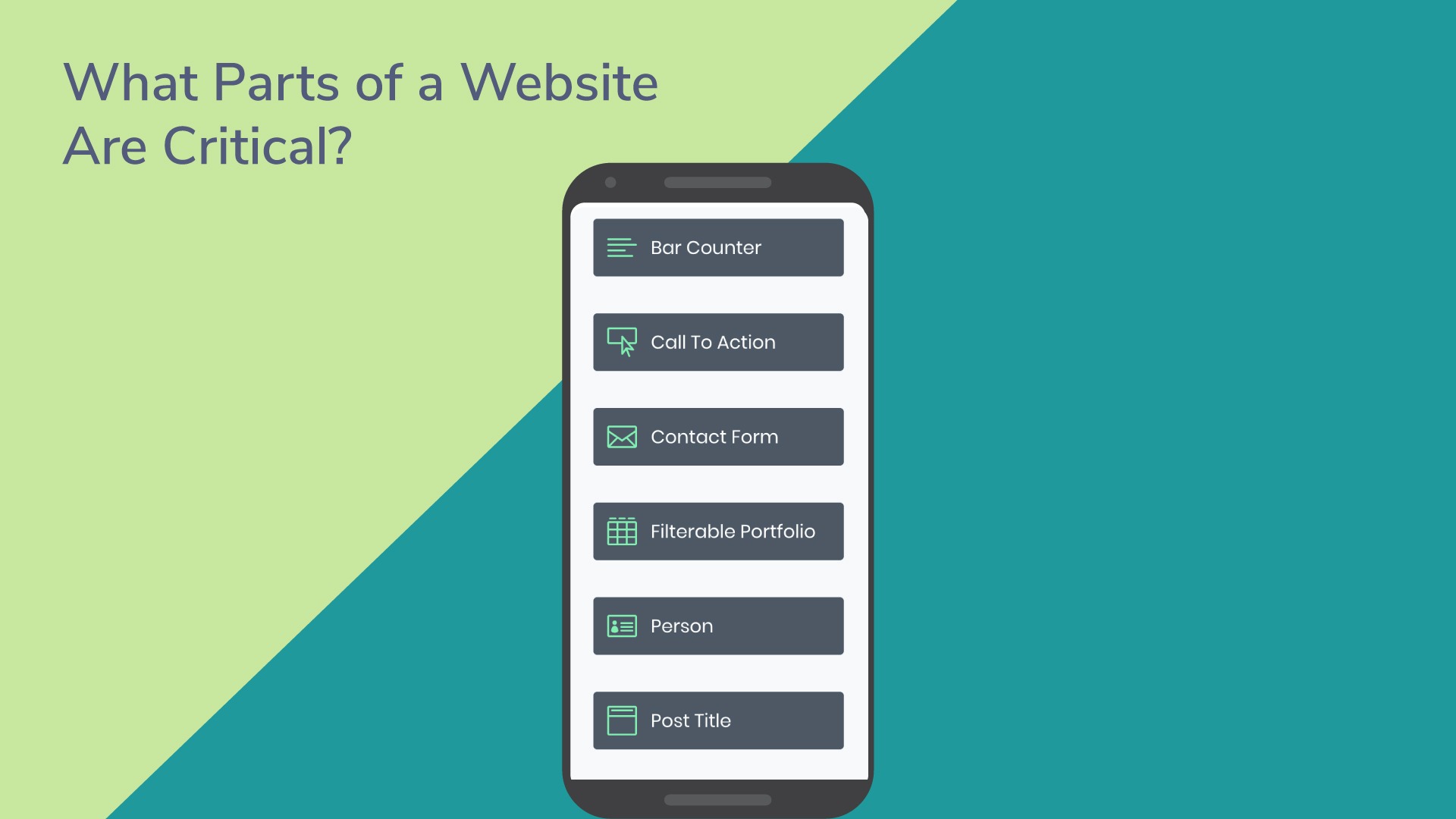This is one of hundreds of videos where I answer some of the most commonly asked questions related to website development and small businesses. Today’s question is, “What parts of a website are critical when you’re developing a website? Make sure it has your name, phone number, contact information so that if somebody wants to get a hold of you and give you money.
Website Critical Parts
First and foremost, ensure that your website includes essential contact details. Make sure it has your name, phone number, and other contact information readily available. This way, if someone wants to reach out to you or is eager to give you money, they can do so without any obstacles. Remember, your website acts as a digital storefront, and just like in a physical store, customers should easily find a way to connect with you.
Another critical aspect is addressing visitor inquiries. As I’ve mentioned in previous videos, people come to your website with specific questions that they want answered. Therefore, make it a priority to address those queries directly on your site. A good starting point is to identify the ten most common questions related to your business or industry and provide clear, concise answers. This not only helps your visitors but also establishes your credibility and expertise in your field.
Moreover, having a clear call to action (CTA) is paramount. You want your visitors to take specific actions once they land on your site. Whether it’s signing up for a newsletter, calling you, or reading an article that provides further information, your CTA should be obvious and persuasive. For example, if you want them to subscribe to your newsletter, make sure the signup form is easily accessible and incentivize them with valuable content or exclusive offers.
Additionally, consider the design and layout of your website. A clean, user-friendly interface will enhance the user experience and encourage visitors to stay longer. Avoid cluttered pages that can confuse or overwhelm your audience. Instead, opt for a well-organized structure with intuitive navigation. Use headings, bullet points, and images to break up text and make the information more digestible.
Another important element is the optimization of your website for search engines (SEO). Even the most beautifully designed site won’t attract visitors if it’s not optimized for search engines. Incorporate relevant keywords throughout your content, including in your headings, meta descriptions, and image alt texts. This will help improve your search rankings and drive organic traffic to your site.
Mobile responsiveness is also critical in today’s digital landscape. With an increasing number of users accessing websites via mobile devices, it’s essential that your site looks good and functions well on all screen sizes. A responsive design ensures that your website automatically adjusts to fit the device being used, providing an optimal user experience regardless of how visitors access your site.
Another key aspect to consider is your website’s loading speed. A slow-loading website can frustrate visitors and lead to high bounce rates. Research indicates that users expect a website to load within three seconds, and if it takes longer, they may navigate away. Optimize images, minimize code, and leverage browser caching to enhance your site’s speed.
Lastly, don’t underestimate the importance of high-quality content. Engaging, valuable content can set your website apart and keep visitors coming back for more. Consider incorporating a blog where you regularly share insights, tips, and updates related to your industry. This not only helps establish your authority but also provides fresh content for search engines to index.
In summary, developing a successful website requires careful consideration of several critical components. Ensure your contact information is easily accessible, address common visitor questions, and incorporate clear calls to action. Focus on a clean design, SEO optimization, mobile responsiveness, and fast loading speeds. By investing time and effort into these elements, you can create a website that effectively serves your audience and drives business success.
Lastly, do your best to make it real. Put real human pictures on there not just stock photos, pictures of you the business owner, your associates, or your employees, and show that you’re a real client in their city. When you show up to their house they’re more likely to trust you because human brain wants to connect with human faces.





0 Comments